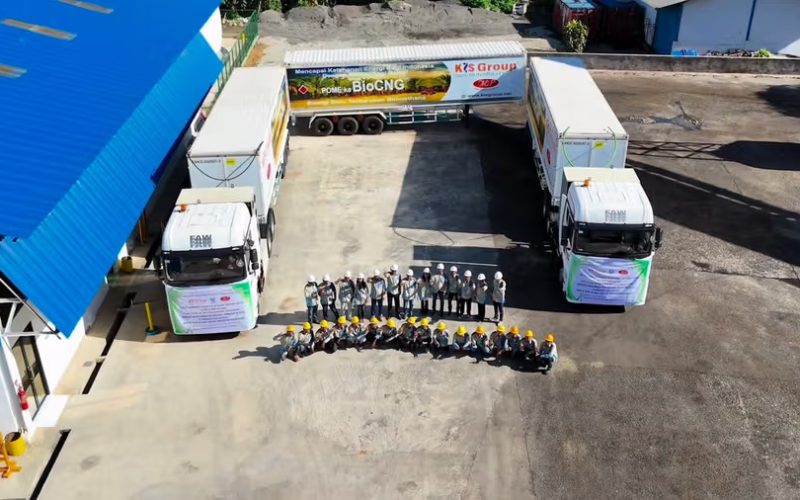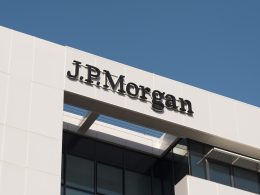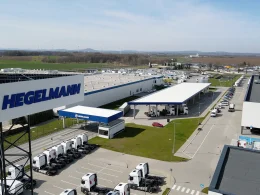Unilever has begun using biomethane derived from palm oil waste to reduce greenhouse gas emissions at its Unilever Oleochemical Indonesia (UOI) facility in Sei Mangkei, North Sumatra – the company’s largest emitting site worldwide.
The move comes after the expansion of the plant, which processes palm oil into ingredients used in products globally, made it Unilever’s biggest source of Scope 1 and 2 emissions. The company has pledged to eliminate such emissions across its global operations by 2030, compared with 2015 levels.
With limited renewable energy options available in Indonesia’s fossil fuel-dominated market, Unilever has struck a partnership with KIS Group, an Asian biogas provider, to source biomethane from palm oil effluent at local mills. This marks Indonesia’s first commercial offtake of biomethane. The gas, compressed into bioCNG, is transported to UOI by trucks powered by the fuel itself.
“We’re really proud to be part of the first commercial offtake of biomethane in Indonesia and are excited to be scaling this work,” said Saikrishna Devarakonda, Managing Director of UOI. “But this is only the start. We hope that demonstrating the success of our partnership with KIS will influence other businesses to follow.”
The partnership currently involves two mills, with a third to join by the end of 2025, and plans for six more within two years. By 2030, Unilever expects to source over 800,000 MMBtu of biomethane annually, covering almost a quarter of UOI’s energy needs.
KR Raghunath, founder and chief executive of KIS, said: “Here we have multiple benefits. Unilever Indonesia achieves decarbonisation, and the country becomes more independent of energy imports.”
The initiative also prevents methane – a highly potent greenhouse gas – from being released or flared at mills. Unilever said the programme reflects its determination to expand operations without compromising climate targets, while also signalling a wider shift towards renewable energy in Indonesia’s palm oil industry.





















